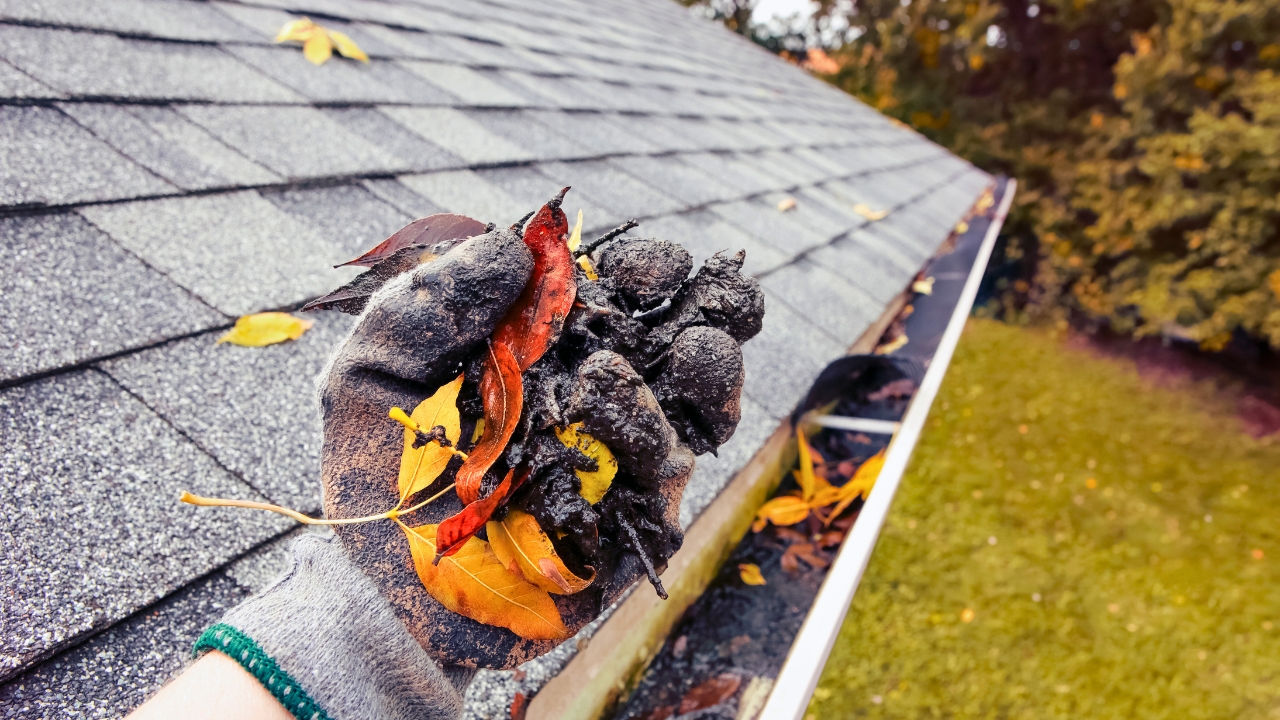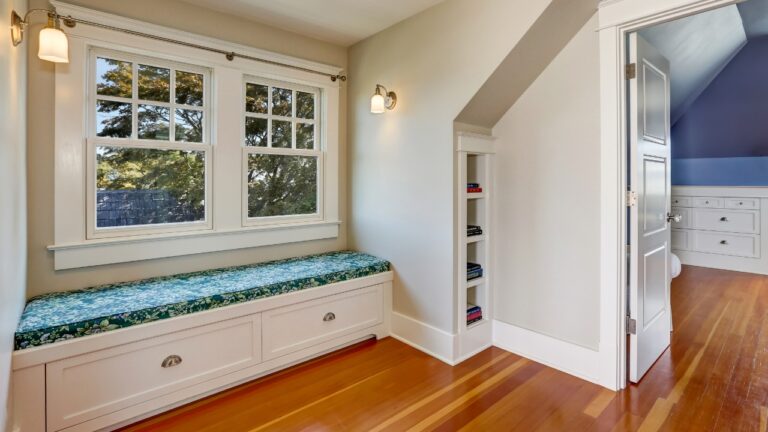The First Repairs Every New Homeowner Should Make
Buying your first home is exciting, but it doesn’t take long to find out what needs fixing. Some issues are cosmetic and can wait. Others need your attention right away to keep your house safe, functional, and in good shape for the long haul.
These are the first repairs I’d tackle if I were walking into a new place—especially one that’s a little older or hasn’t been well maintained.
Fix Leaky Faucets and Toilets
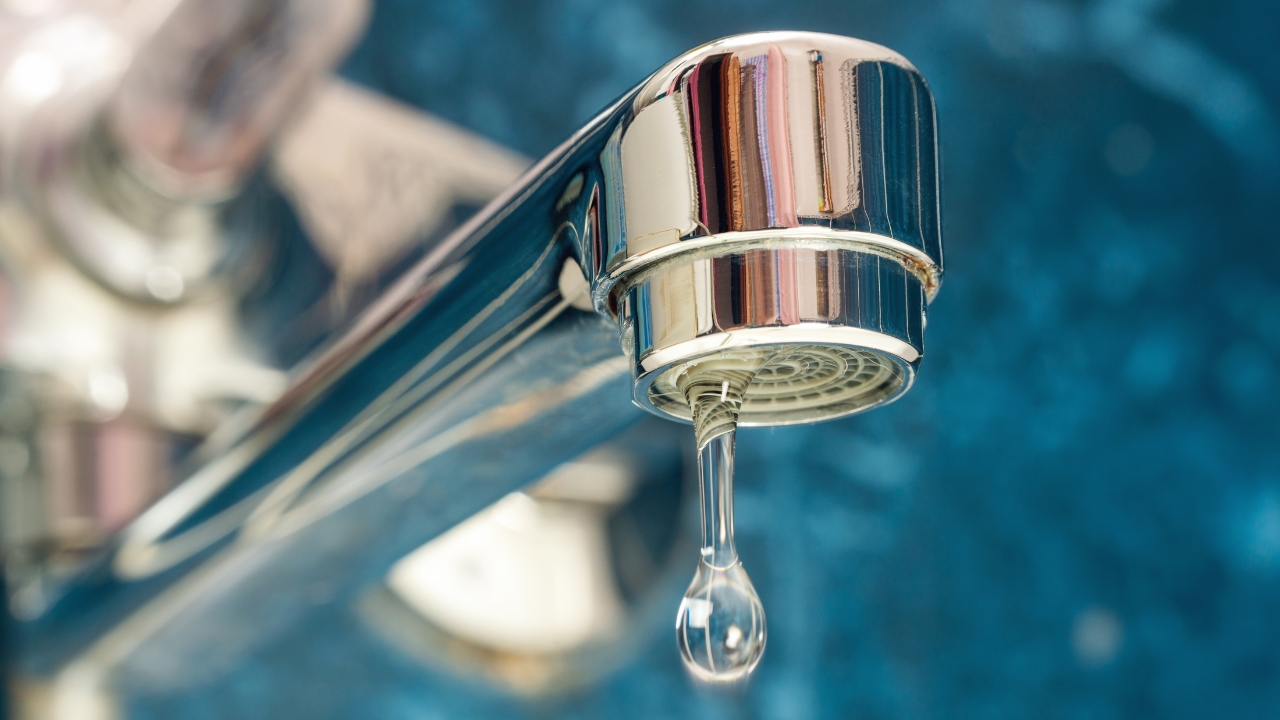
A slow drip or running toilet might not seem urgent, but it adds up fast on your water bill. Worse, constant moisture can cause damage under sinks or around the base of the toilet if it’s not addressed early.
Fixing these is usually simple. It’s often a worn-out washer, flapper, or fill valve. You don’t need to be a plumber to handle most of it, and doing it yourself now means you’re not dealing with water damage down the road.
Replace Air Filters and Check the HVAC

If the previous owners didn’t keep up with basic HVAC maintenance, your system might be clogged or overworked. Start by changing the air filters—do it right away and set a reminder to change them regularly.
While you’re at it, check the vents, ductwork, and thermostat. If the system makes strange noises, doesn’t heat or cool properly, or smells dusty when it runs, you might need a tune-up. Catching HVAC issues early saves you from much bigger repairs later.
Inspect the Water Heater

Your water heater might be working fine—until it suddenly isn’t. Start by checking the age of the unit (usually on a sticker). If it’s more than 8–10 years old, it might be nearing the end of its life.
Even if it’s newer, flush the tank to get rid of sediment. That buildup can reduce efficiency and wear the tank out faster. While you’re down there, check for leaks or rust at the connections. A quick inspection now can save you from waking up to a cold shower.
Test and Replace Smoke and CO Detectors

This one’s not exciting, but it’s critical. You don’t want to find out your smoke or carbon monoxide detectors don’t work during an emergency. Test every unit in the house as soon as you move in.
Replace batteries and swap out any units that are outdated. Most detectors only last about 10 years, and that expiration date matters. If there aren’t enough of them, add more. You need one on every level, near bedrooms, and close to any major heat source.
Seal Gaps and Cracks Around the House

Air leaks around windows, doors, and pipes waste energy and let pests sneak in. Even a small gap can make your HVAC system work harder and your home less comfortable.
Grab a tube of caulk or some weather stripping and start sealing things up. Focus on the attic, basement, and any place daylight shows through. It’s one of the easiest DIY fixes, and it makes a noticeable difference in how solid your house feels.
Check the Electrical Panel
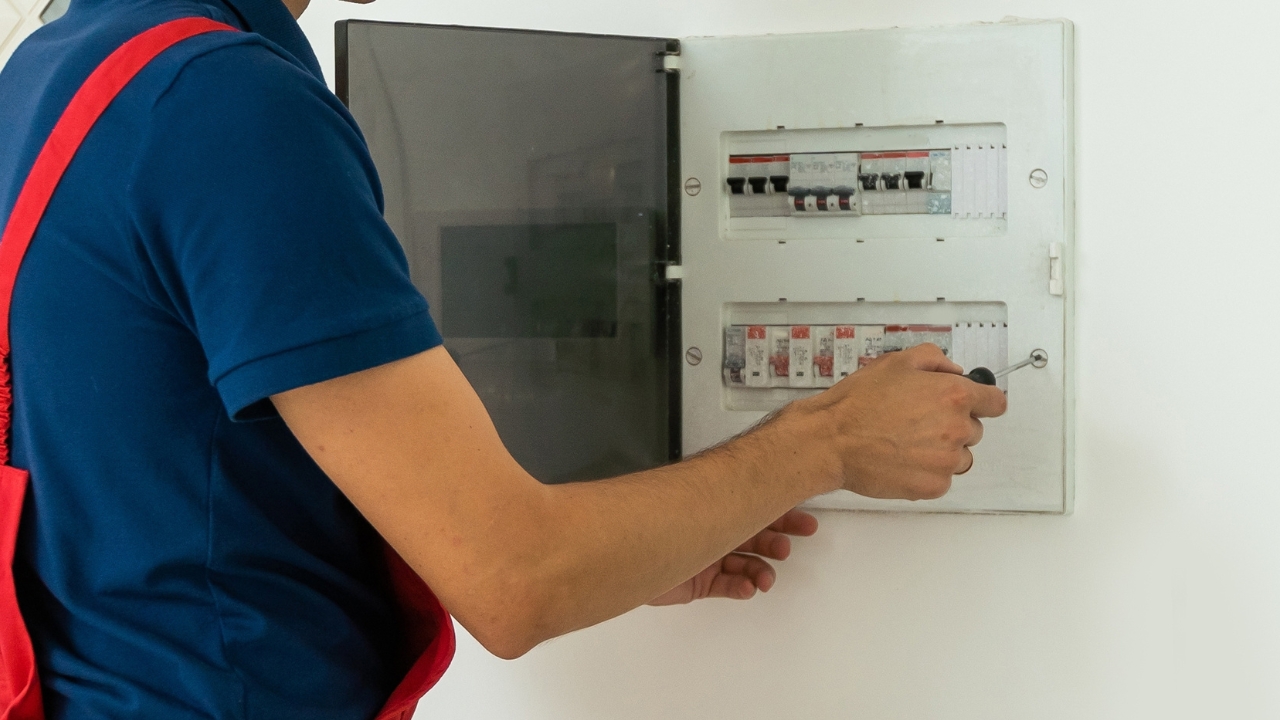
Before you start plugging everything in, take a good look at the electrical panel. Make sure all the breakers are labeled, and none of them are loose, rusted, or buzzing. If you spot any burnt smells or scorched marks, call in an electrician.
A lot of older homes still have outdated panels or old wiring that wasn’t done right. If something feels off—like lights flickering or breakers tripping often—it’s worth having a pro do a safety check. Electrical issues can turn dangerous fast if ignored.
Clean Out the Gutters
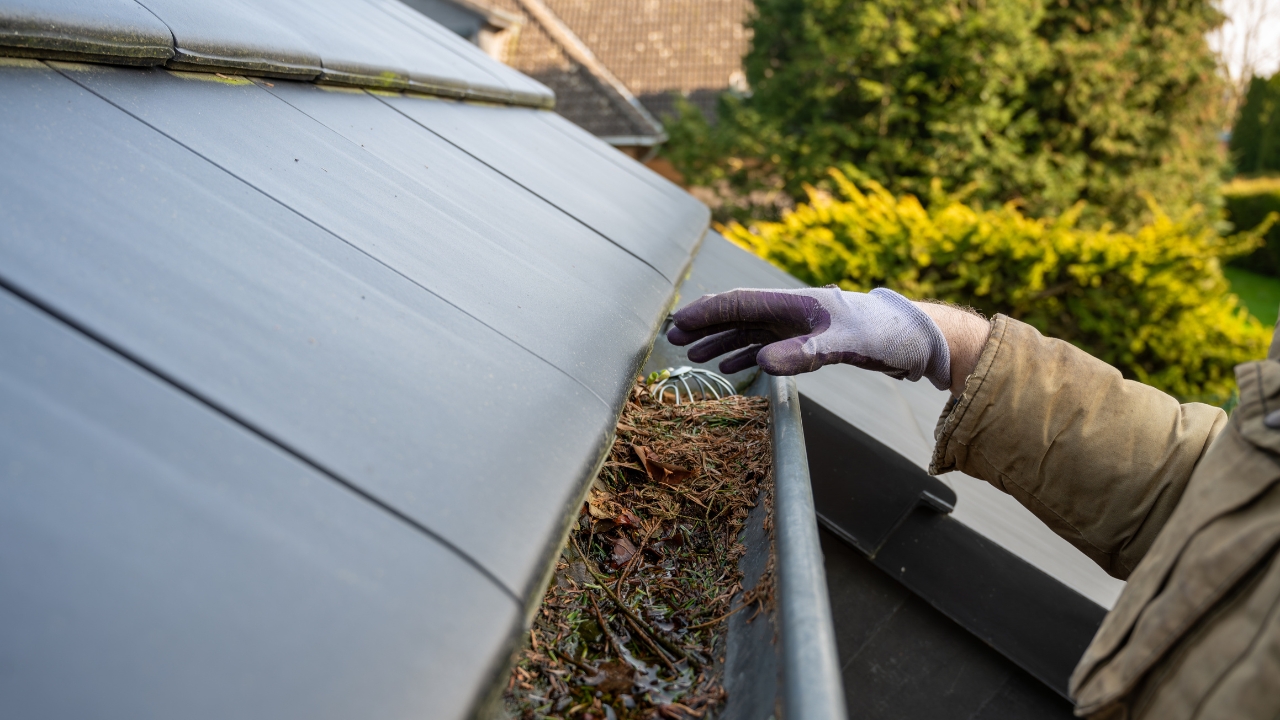
Clogged gutters don’t seem like a big deal until they start overflowing and soaking your siding or foundation. If water isn’t draining the way it should, it can lead to rot, leaks, and even basement flooding.
Start by scooping out the muck, checking for sagging sections, and making sure the downspouts send water at least a few feet away from the house. Keeping your gutters clear is one of the easiest ways to prevent long-term damage—especially during heavy rain.
Patch Up Any Roof Damage

Even a small leak in the roof can turn into a major headache if you let it go. Look for missing shingles, nail pops, or signs of water stains in the attic or ceilings. A quick patch or shingle replacement can hold you over until you’re ready for bigger repairs.
If you’re not comfortable getting up there, hire someone to inspect it for you. But don’t ignore the roof—keeping water out is one of the top priorities when you’re trying to protect your investment.
Fix Trip Hazards
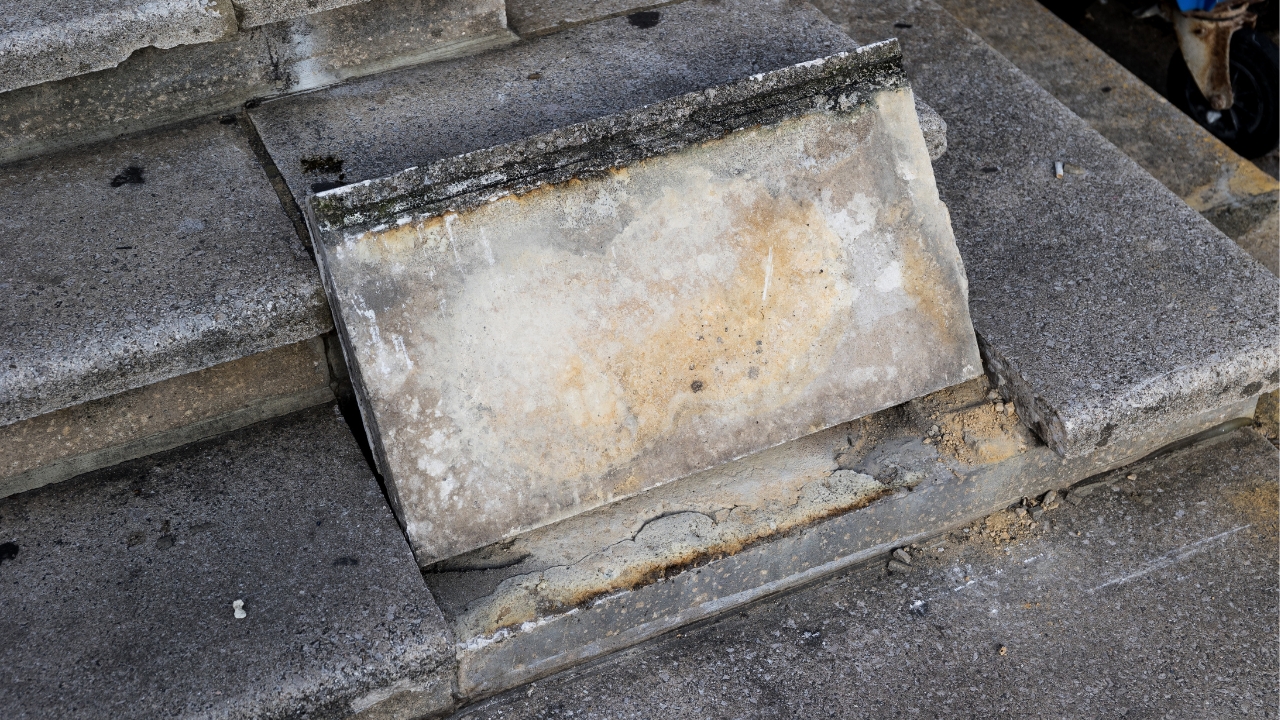
Loose steps, uneven walkways, or torn-up flooring aren’t just annoying—they’re safety issues. One bad step could leave you or a guest with a sprained ankle (or worse), and that’s not how you want to start off in a new home.
Go through the house and outside paths looking for anything unstable. Nail down loose boards, fill cracks in the driveway, and fix slippery rugs or mats. This is especially important if you’ve got kids, pets, or older family members around.
Service or Replace Locks
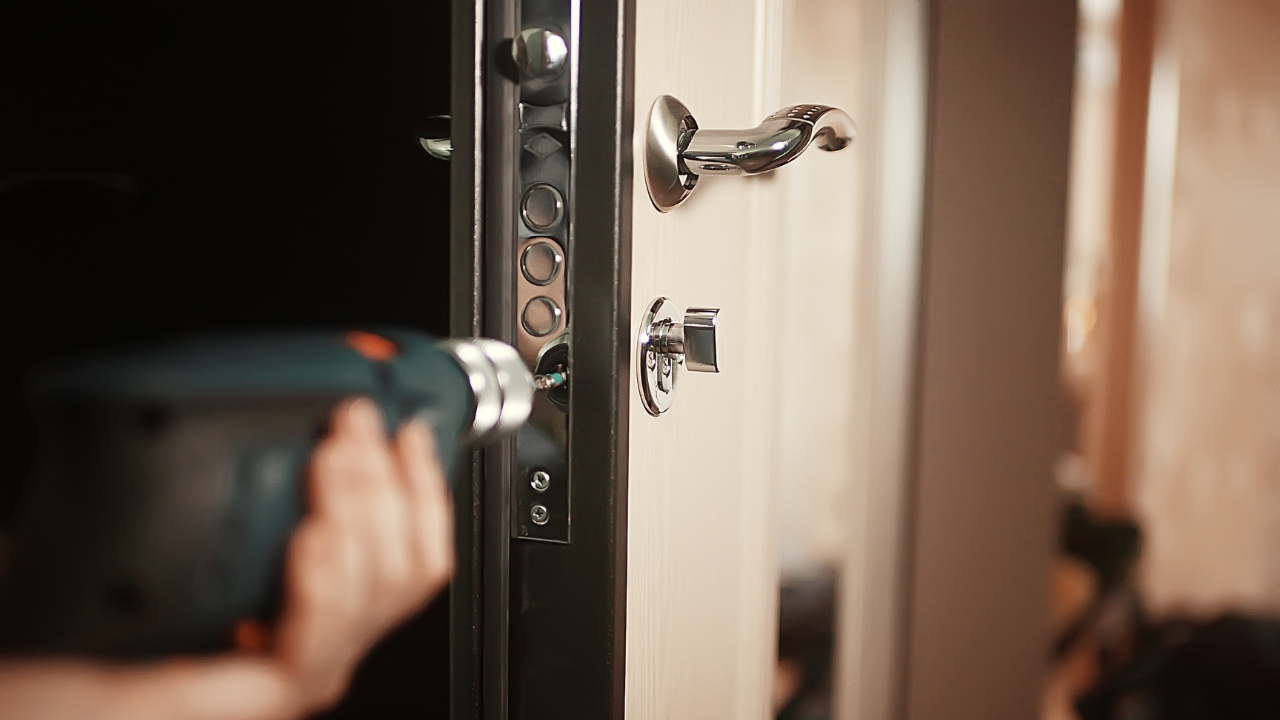
You never know how many spare keys are floating around after a home changes hands. First thing you should do is replace or rekey all the exterior locks. It’s a quick, affordable way to make sure you’re the only one with access.
While you’re at it, make sure all the doors close properly and latch the way they should. A solid, well-fitted lock gives peace of mind and is a big part of making your home feel secure from day one.
*This article was developed with AI-powered tools and has been carefully reviewed by our editors.

